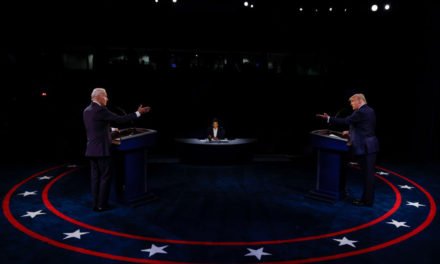 There has been a lot of anger lately directed towards Victoria’s Secret and their recent fashion show in which one of their models strutted down the runway wearing a faux Native American headdress, turquoise jewelry, and little else. The company has apologized and said it will not be showing that particular segment when they broadcast the fashion show in December. However, public opinion on the topic is divided, and in some cases, the discourse is quite vitriolic. Many non-Native people don’t understand why Native Americans might be offended, and rather than trying to understand, they are complaining that people are too easily offended and telling indigenous groups to, “Get over it.” Yet, the Victoria’s Secret debacle is only the latest in a string of recent cultural misappropriations endured by Native Americans.
There has been a lot of anger lately directed towards Victoria’s Secret and their recent fashion show in which one of their models strutted down the runway wearing a faux Native American headdress, turquoise jewelry, and little else. The company has apologized and said it will not be showing that particular segment when they broadcast the fashion show in December. However, public opinion on the topic is divided, and in some cases, the discourse is quite vitriolic. Many non-Native people don’t understand why Native Americans might be offended, and rather than trying to understand, they are complaining that people are too easily offended and telling indigenous groups to, “Get over it.” Yet, the Victoria’s Secret debacle is only the latest in a string of recent cultural misappropriations endured by Native Americans.
Why do people still think it’s acceptable to dress in Native clothing and mimic Native culture and behavior? It’s pretty simple – lack of understanding. People not from indigenous cultures claim to be “paying respect” to the indigenous cultures by doing these things. An honorable intent, to be sure. However, I think it is important to understand the difference between intent and impact. “Respect” has different behavioral interpretations. What people from one culture may consider “respect” – dressing up and acting out in an attempt to promote indigenous cultures – Native Americans see as disrespectful, perpetuating false stereotypes, and promoting a fictitious history of our people. Obviously, the negative impact is far different than the more positive intent.
I have heard the arguments, “The models wear angel wings. Should angels be offended?” This past Halloween, a non-Native member of my family asked me, “Should cowboys be offended when children dress as cowboys for Halloween?” Again, there are simple answers to this. Angels are not human. Cowboys are not an ethnicity. Native Americans are both. The reality is that anyone donning regalia as a costume or wearing a headdress they have not earned perpetuates ethnic stereotypes. Without understanding the meaning behind these things, they are trivializing the culture, not respecting it. This is not a matter of hypersensitivity. Each piece of regalia means something. Each feather in a headdress means something. These meanings tend to be very sacred and personal in nature, so when cheap replicas are worn for fun or for fashion, it is offensive, regardless of the intent.
The Inclusion Solution is in seeking to understand other cultures rather than criticizing or demeaning them. If you don’t know, ask. If you are not sure if there is meaning behind a particular piece of clothing, ask. If you are at all unsure whether your actions will be interpreted as disrespectful, ask. You may be told that it’s none of your business, because Native Americans have had so much misappropriated through the years, we may just not want to share certain information. In the end, you don’t have to understand why these acts of misappropriation are offensive to accept that they are, and then move on. None of us should be making value judgments about something we simply don’t understand.


















